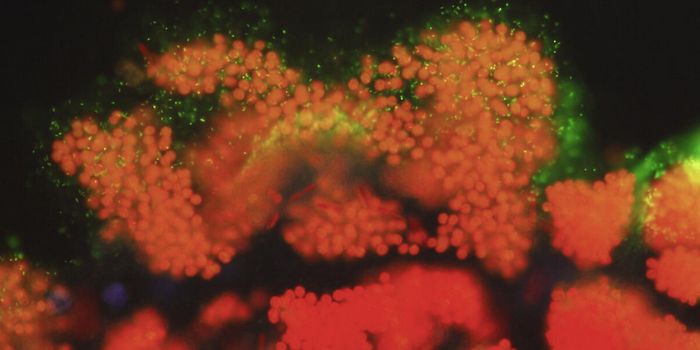Fungi revive starving bacteria
Everyone needs a helping hand from time to time, right? Well, bacteria are no different. Researchers from the Helmholtz Centre for Environmental Research in Leipzig, Germany, described how fungi transfer water and nutrients to bacteria in dry environments!
The researchers conducted their experiments with a synthetic microbial ecosystem made up of Bacillus subtilis and various fungi - the ascomycete Fusarium oxysporum, the basidiomycete Lyophyllum sp. Karsten, and the oomycete Pythium ultimum.
They placed B. subtilis spores on silicon wafers and observed their germination and growth - these factors indicated whether the spores could access water and nutrients. Then, they placed the fungi on a nutrient agar nearby, but physically separated, from the B. subtilis spores. They also placed food and water opposite the spores so that the fungi would grow over the silicon wafer (making contact with the spores), toward the food and water. After everything grew for a bit, they detached the spores, germinated bacteria, and fungi and counted the colony-forming units (CFU) of B. subtilis.
In the absence of any fungi, the CFU remained unchanged. However, when the fungal hyphae grew over the silicon wafers containing the spores, the CFU increased, indicating that the fungi (somehow) supported bacterial growth. The oomycete P. ultimum produced the greatest increase in CFU, from 1.0 ± 0.5 x 105 to 3.5 ± 1.5 x 105 CFU.
To investigate whether water or other nutrients were actually transferred from the fungi to the bacteria, they grew P. ultimum with 18O-labelled water or with 13C-glucose and 15N-ammonium sulfate. They applied some fancy mass spectrometry methods and found that the bacteria in close proximity to the fungi were enriched for 18O. This suggests that the 18O was transferred from the fungi to the bacteria! Likewise, bacteria in close proximity to the fungi were also enriched for 13C and 15N.
According to study author Lukas Y. Wick, “the fungi obviously improved the environmental conditions for the bacteria and woke them from their slumber, like Sleeping Beauty. The results of this latest study demonstrate once again that, through their interaction with bacteria, fungi play a significant, previously underestimated role in the soil ecosystem."
Sources: Nature, Science Daily









